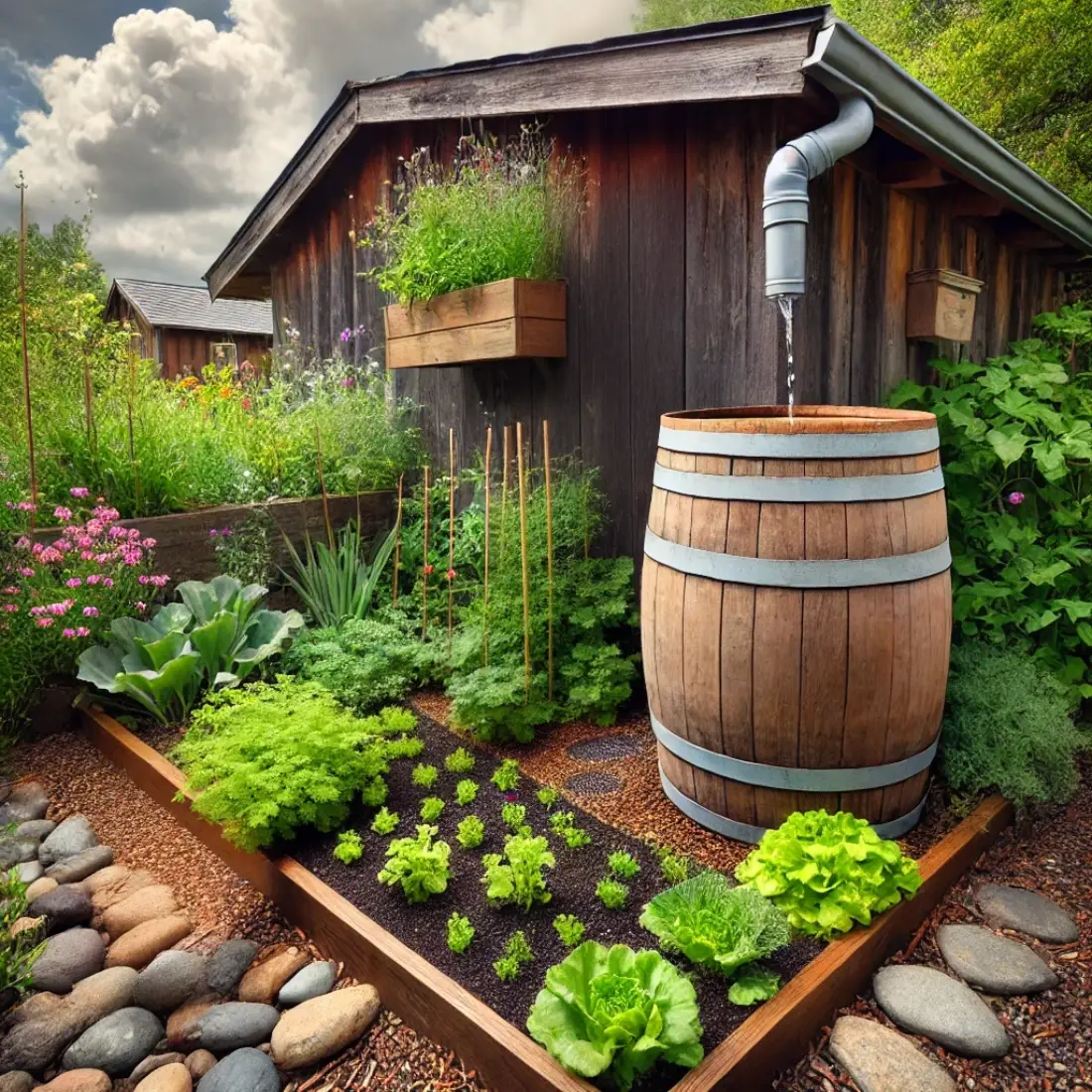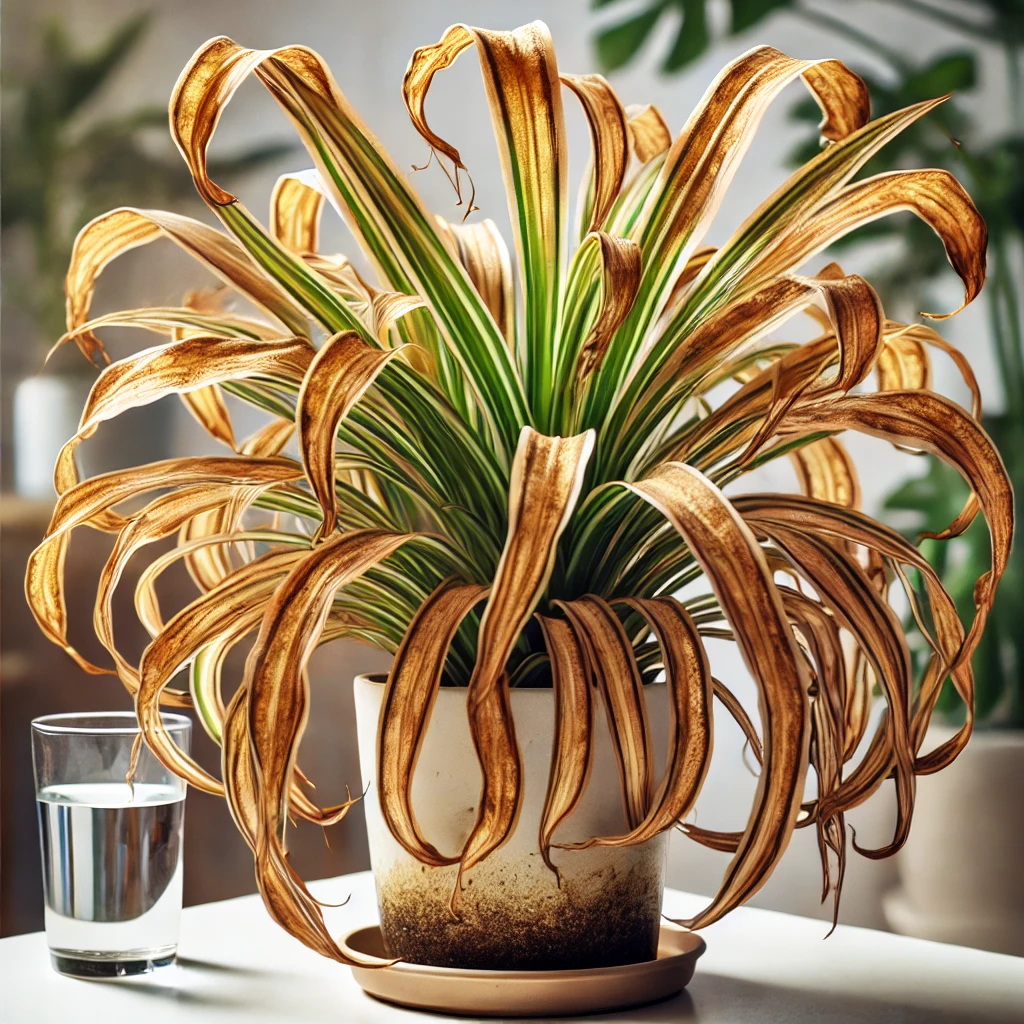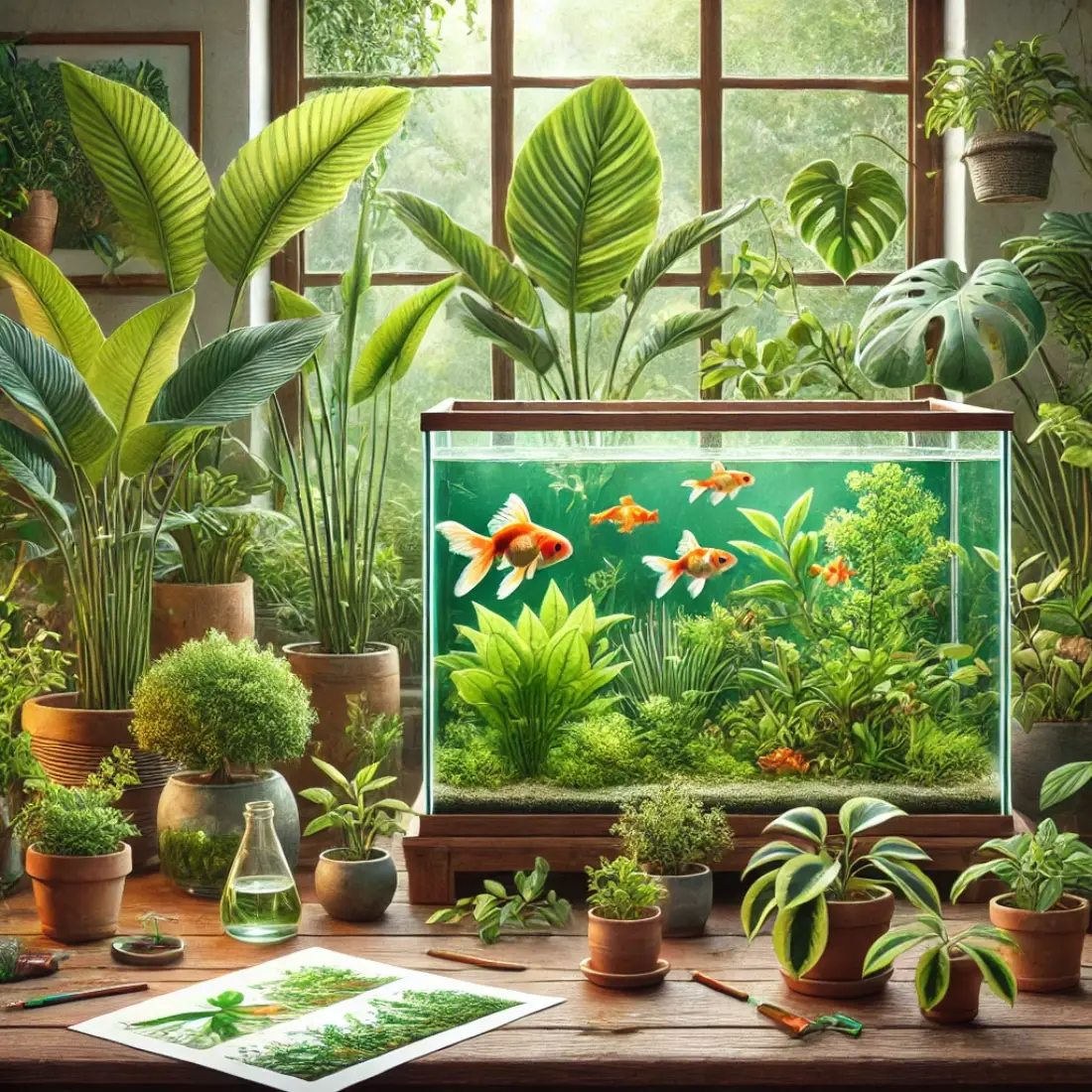Harvesting rainwater for an eco-friendly garden is a smart way to conserve water while nurturing your plants with natural, chemical-free hydration. Whether you’re looking to reduce your water bill or want a more sustainable garden, collecting rainwater can significantly benefit both your landscape and the environment. From simple rain barrels to advanced underground systems, anyone can install a setup that suits their space.
- Rainwater harvesting is an environmentally friendly way to water your garden.
- It conserves natural resources and reduces your water bill.
- There are various rainwater harvesting methods, from simple to advanced.
- Choosing the right system depends on your garden size and local rainfall.
The Basics of Rainwater Harvesting
What is Rainwater Harvesting?
Rainwater harvesting is the process of collecting and storing rainwater for later use, typically in gardens or for household purposes. Instead of letting rainwater run off roofs and into drains, it is captured in barrels, tanks, or underground systems.
This method helps conserve water, reduce reliance on municipal sources, and minimize stormwater runoff, which can lead to erosion and flooding. Rainwater is free from chemicals and treatments found in tap water, making it ideal for watering plants and improving garden sustainability.
It’s a simple, eco-friendly way to contribute to environmental conservation while keeping your garden healthy.
Why Should You Harvest Rainwater for Your Garden?
Harvesting rainwater for your garden offers numerous benefits. First, it reduces your reliance on treated tap water, which can be costly and often contains chemicals like chlorine that aren’t ideal for plants. Rainwater is naturally soft and free of additives, making it better for soil health and plant growth.
Additionally, collecting rainwater helps conserve a precious natural resource, especially in areas prone to drought. It also reduces stormwater runoff, which can cause erosion and flooding. Overall, rainwater harvesting promotes a more eco-friendly, sustainable garden while lowering your water bills.
Understanding Local Regulations
Before setting up a rainwater harvesting system, it’s essential to understand local regulations that may affect how and where you collect rainwater. In some areas, rainwater collection is encouraged, while in others, there may be restrictions due to water rights laws or public health concerns.
Regulations can vary by state or municipality, so always check with your local government or environmental agency. Permits may be required for larger systems, and there may be guidelines on tank placement, water usage, and filtration. Staying informed ensures your rainwater harvesting system is both compliant and efficient for your garden.
Rainwater Harvesting Methods
There are several ways to harvest rainwater, depending on your garden size, budget, and desired complexity. Here are the most common methods:
1. Rain Barrels
A simple and affordable option, rain barrels are perfect for small gardens. They are typically placed under gutter downspouts to collect runoff from roofs. Rain barrels usually hold between 50 to 100 gallons of water, which can be used for watering plants, cleaning tools, or even filling birdbaths. To set up a rain barrel, install a diverter on your gutter and attach it to the barrel. Make sure it has a spigot for easy access to the water.
Pros:
- Inexpensive and easy to install.
- Ideal for small spaces and gardens.
Cons:
- Limited storage capacity.
2. DIY Rainwater Collection Systems
For larger gardens, a more complex system may be needed. A DIY rainwater collection system includes multiple barrels or tanks, connected to gutters and downspouts. You can customize it based on your storage needs by adding pumps for water distribution or filters to ensure the water is clean. This system can collect more rainwater than a single barrel and can be expanded over time as your garden grows.
Pros:
- Scalable for larger gardens.
- Allows for more efficient water use with pumps or drip irrigation.
Cons:
- More complex to set up.
- Requires regular maintenance.
3. Underground Cisterns
For those with large gardens or who want to maximize rainwater storage, an underground cistern is an effective solution. Cisterns are large tanks that can be buried underground, allowing for substantial storage without taking up garden space. These systems often include filters and pumps, making them ideal for larger-scale irrigation needs.
Pros:
- Large storage capacity.
- Space-saving and discreet.
Cons:
- High installation cost.
- Requires professional setup.
4. Passive Rainwater Harvesting
This method involves landscape design techniques like swales, berms, and rain gardens. Instead of collecting water in containers, passive harvesting captures rainwater in the soil. Swales are shallow trenches that direct water to areas where it’s needed, while berms are mounds that help slow down water flow.
Pros:
- Natural and low-cost.
- Improves soil health and moisture retention.
Cons:
- Limited water storage.
- Requires careful landscape planning.
Each of these methods can be adapted to your specific needs, helping you create a more sustainable, water-efficient garden.
Using Rainwater in Your Garden
Once you’ve harvested rainwater, it’s essential to use it effectively to keep your garden thriving. Here are some best practices for utilizing rainwater in your garden:
Watering Techniques
Rainwater can be used for almost any garden task, but the way you apply it matters. The best times to water your plants are early in the morning or late in the afternoon to reduce evaporation. Drip irrigation systems are ideal for distributing harvested water efficiently, delivering it directly to plant roots where it’s needed most. This method conserves water while promoting healthier plant growth.
Watering Edible Plants
If you’re using rainwater for edible plants, such as vegetables or fruits, it’s crucial to ensure the water is free of contaminants. Installing a basic filtration system can remove debris, leaves, or insects that may have been collected. While rainwater is naturally pure, if it flows over dirty surfaces like rooftops or gutters, it may pick up impurities that could harm your garden or introduce bacteria.
Soil and Plant Health
Rainwater is naturally soft and lacks the chemicals found in treated tap water, such as chlorine or fluoride, which can build up in soil and harm sensitive plants. The natural pH and mineral balance in rainwater make it ideal for most plants, promoting better soil structure and overall health. Regular use of rainwater can enhance soil fertility and reduce the need for synthetic fertilizers.
Storing Rainwater
For best results, store harvested rainwater in a covered container to prevent algae growth and mosquito breeding. Make sure the container has a secure lid, and clean your rain barrel or tank every few months to keep the water fresh.
FAQs about Rainwater Harvesting
Is rainwater safe for all types of plants?
Yes, rainwater is generally safe for all types of plants. Its lack of chemicals like chlorine makes it more beneficial than tap water. However, for edible plants, it’s recommended to filter the rainwater to remove potential contaminants.
How much rainwater can I collect from my roof?
The amount depends on your roof’s surface area and the amount of rainfall. On average, you can collect around 600 gallons of water from 1,000 square feet of roof per inch of rainfall.
Do I need a filter for rainwater harvesting?
A filter is not always necessary, but it’s recommended, especially if you’re using the water for edible plants or indoor use. Filters help remove debris, dirt, and other contaminants that might get into the water.
Can I use rainwater for drinking?
Rainwater can be made potable, but it requires thorough filtration and purification, including UV sterilization or chemical treatment, to ensure it’s safe for drinking.
What happens if my rain barrel overflows?
If your rain barrel fills up, excess water will flow through an overflow outlet. It’s important to direct this overflow away from your house foundation to avoid water damage or flooding.
Can I collect rainwater if I live in a dry area?
Yes, even in areas with low rainfall, rainwater harvesting is still beneficial. It helps capture and store rain from infrequent storms, which can be a valuable water source during dry periods.
How often should I clean my rainwater collection system?
Clean your rain barrel or tank every 3 to 6 months to prevent algae, debris buildup, and mosquito breeding. Also, regularly check gutters and downspouts to ensure they’re clear.
Is rainwater better than tap water for my garden?
Yes, rainwater is typically better because it lacks the chemicals and salts found in treated tap water, which can build up in the soil over time and affect plant health.
Can I install a rainwater collection system myself?
Yes, a simple rain barrel can easily be installed by most DIY enthusiasts. More complex systems, like underground cisterns, may require professional help for proper installation.
Are there restrictions on rainwater harvesting?
In some regions, there may be restrictions or guidelines on rainwater collection due to water rights. It’s essential to check local laws to ensure your setup is compliant.










